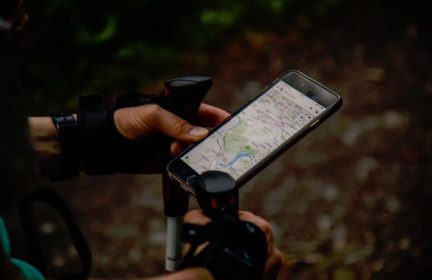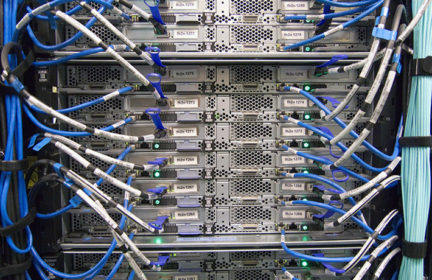Phones for prepping
Phones are a communication tool that can be used to save someone’s life. But are they reliable enough to be trusted in an emergency situation? I think important considerations should be:
– Repairability
Phones are so complicated and so often used that breakdowns are inevitable. But electronic circuits are not designed to be repairable, and so have to be replaced when they fail.
Whether you’re choosing a new phone or sticking with one you’ve got, try to find (and later stock up on) replacement parts – especially the screen and battery, which need to be replaced most often. That way, you can take your phone to be repaired by a specialist (or do so yourself if you have the skills) even once the phone and spare parts are no longer being sold.
However, some phones are much more repairable than others. On one side of the extreme, some phone manufacturers actively design to reduce repairability (often citing tenuous security or safety concerns) by gluing parts together or serialising individual parts so that the phone will refuse to work with new ones. On the other side of the spectrum, a few rare phones are made with repairability as an express goal. They’re known as “modular” phones and are designed to be taken apart by their owners using simple tools. The companies producing these phones may even be happy to sell you spare parts. A (non-comprehensive) list of phones and their repairability can be found on iFixit, a website dedicated to making electronics repair accessible to consumers.
– Battery life
The difficult truth (for my generation at least) is that “dumb” phones are most certainly better in this regard. Even with a battery bank, you can only extend the life of a typical smartphone for a few days of normal use (compared to the month’s battery life of a dumbphone), and this brings with it extra storage requirements and greater vulnerability to any one piece of equipment breaking. Not to mention the stress of worrying whether it is sufficiently charged, or having to remember to charge it regularly. In an emergency situation, this is one thing you don’t need on your mind.
A dumbphone is far more practical and reliable in the case of, say, a flood, where you may not be safely able to charge your phone for an unknown period of time. And if you can swap out the batteries, you can also carry around a spare so that you don’t need to charge immediately. Fewer charging cycles also means that the batteries will get worn down more slowly and will last much longer.
This does bring up an interesting point: according to Sane Prepper Rules, preps shouldn’t make life harder for ourselves now. Which begs an interesting question: do smartphones make our lives better? They make us better connected and easily entertained, but do they make us happier? They provide a lot of utility, but could we find that same utility elsewhere?
– Ruggedness
It’s all well and good being repairable, but just as important to not need repairing in the first place.
Beware that just because a phone is marketed as rugged, or has “active”, “tough” or similar words in the name doesn’t mean that it will actually last (I write this from experience). Look for real-world tests that put the phone through its paces. I note here the lack of manufacturers rating their devices for impact resistance.
The most fragile part of a phone is the screen, and the bigger the screen, the more prone to breaking it will be and hence another advantage of dumbphones. For smartphones, a screen protector and case that provides a “lip” that extends above the screen should be a bare minimum.
Water/dust resistance: the IP (Ingress Protection) scale gives two numbers to indicate a phone’s dust and water resistance, e.g: a phone rated IP68 is rated a 6 for dust protection and 8 for water protection. To find out what each number means, look it up in an IP code table. Two things to note here: these are tested in labaratory conditions and your phone may react differently to, say, salt water as opposed to pure water, and secondly, resistance to the elements is not a permanent condition and can become less effective over time.
(Credit due to PCMag for a lot of the info about IP ratings.)
– Your considerations
I’ve only given 3 suggestions. What considerations do you think preppers should have when choosing a phone (smart or dumb)?
-
Comments (24)
-

